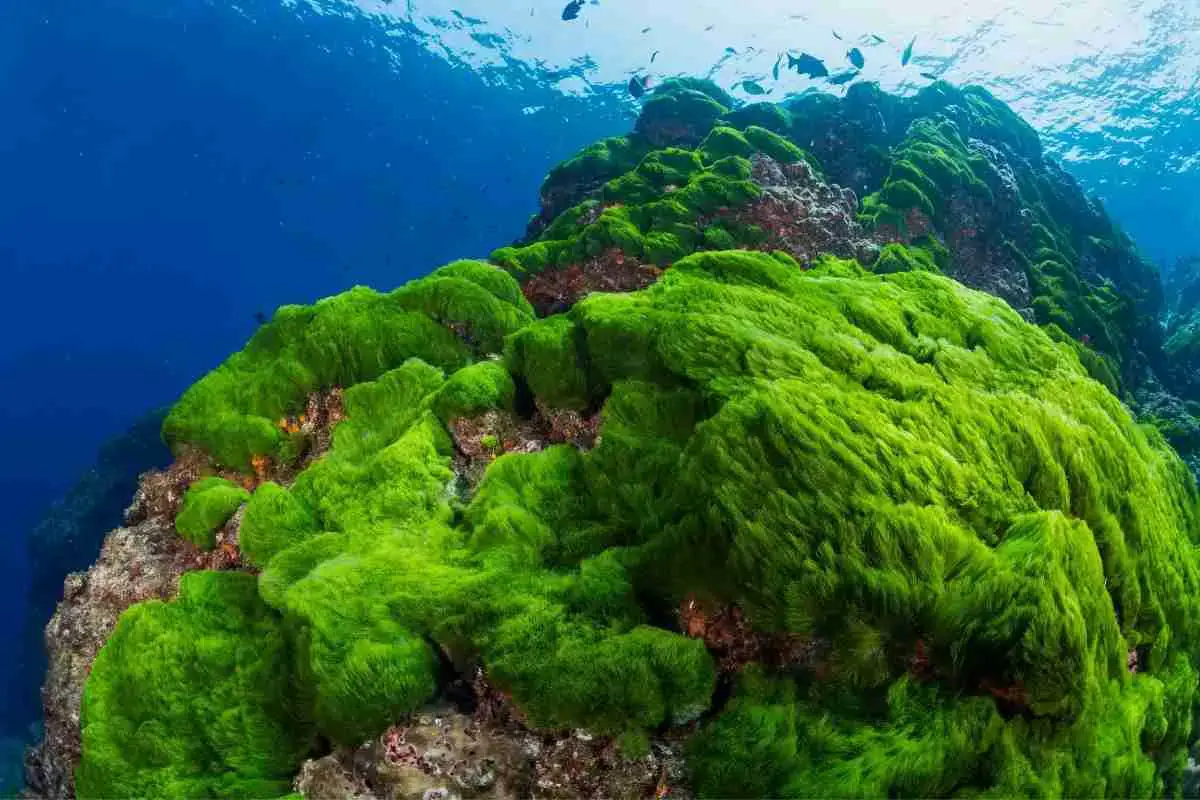
What Does Algae Eat? Algae’s Unique Eating Habits
Read more
Supporting Your Monstera: The Best Moss Poles for Your Climbing Plants
Read more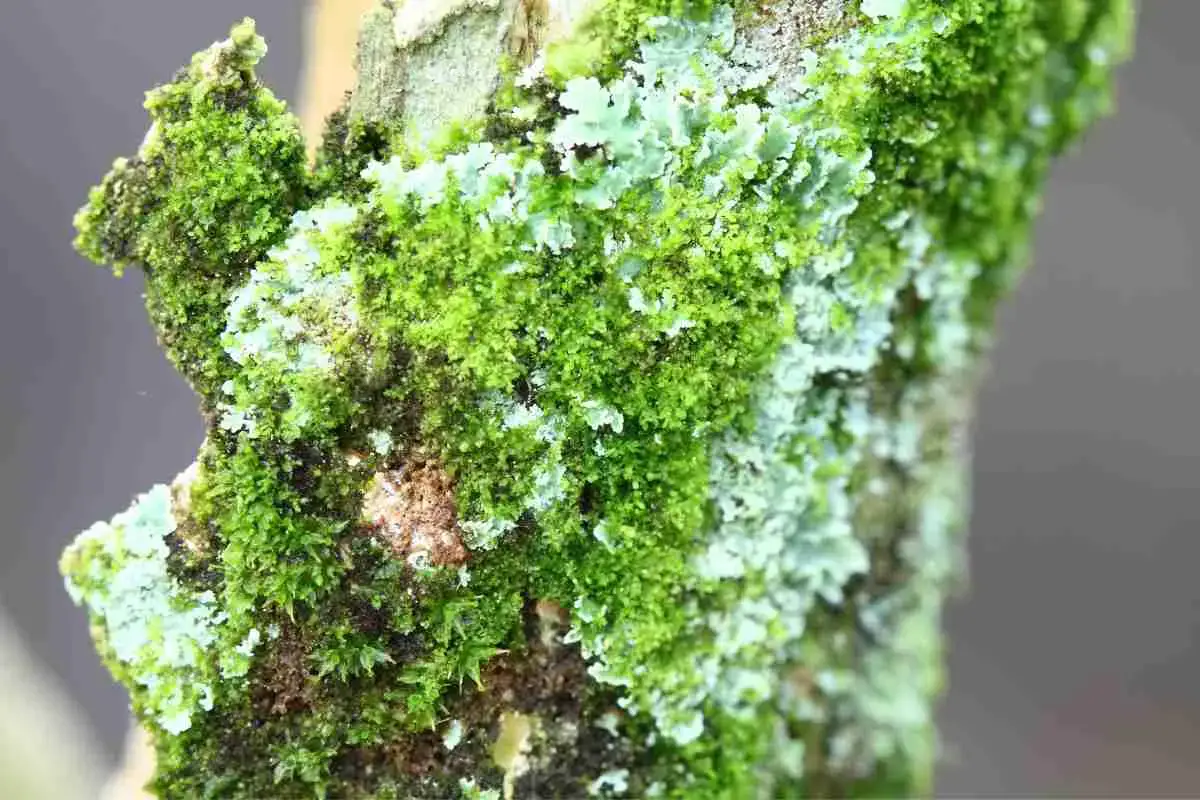
What Do Lichens Eat?
Read more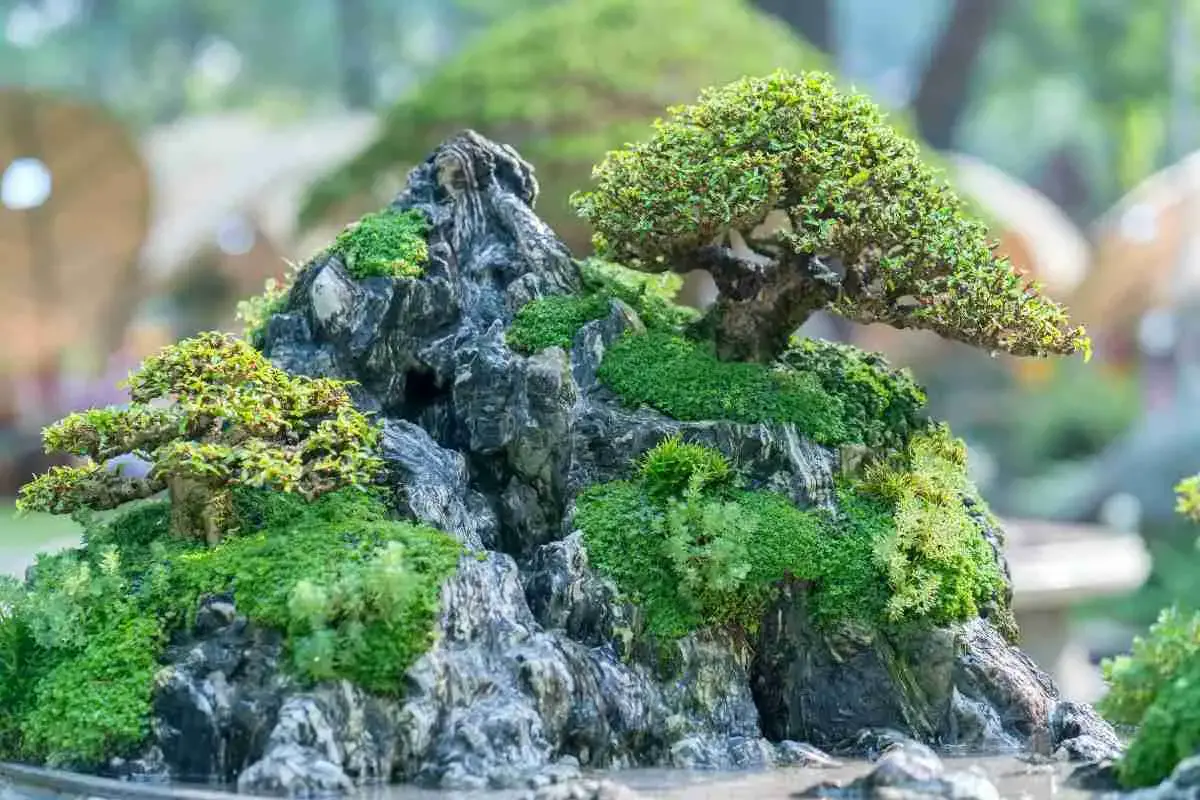
6 Types Of Moss For Bonsai: Bonsai Moss
Read more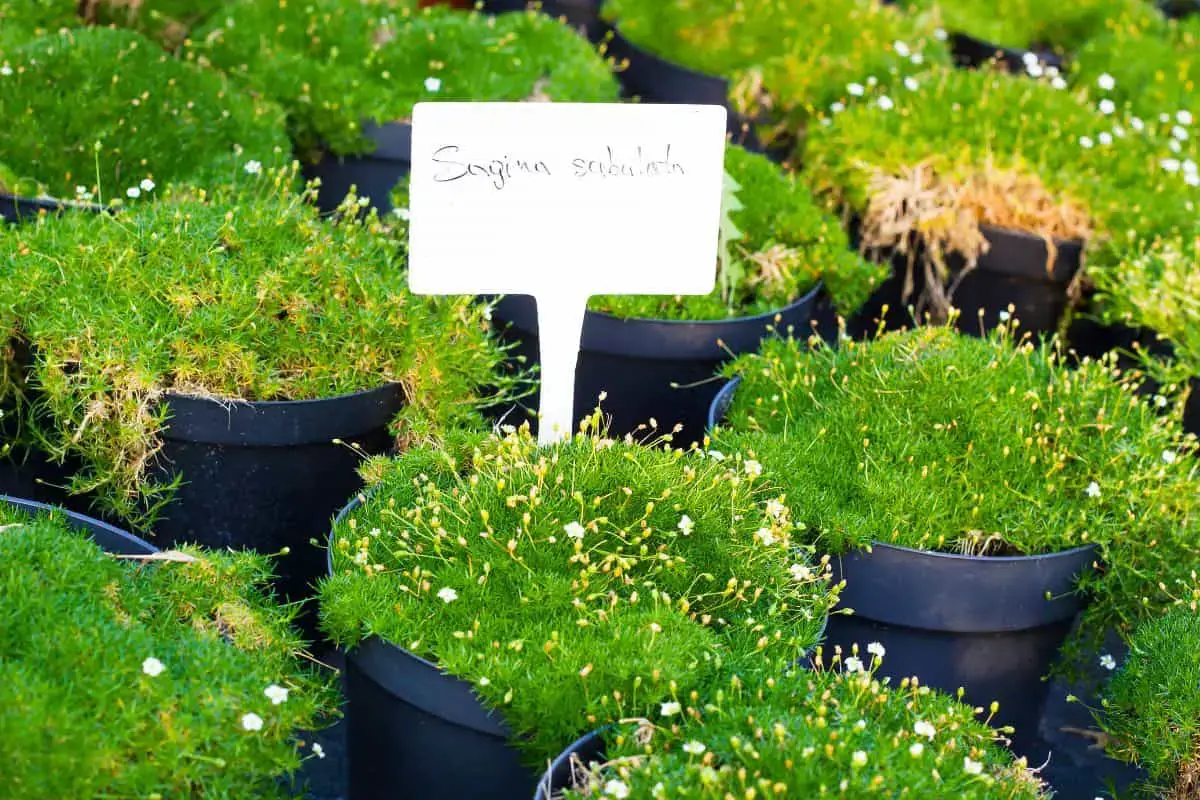
How To Grow Irish Moss Between Pavers?
Read more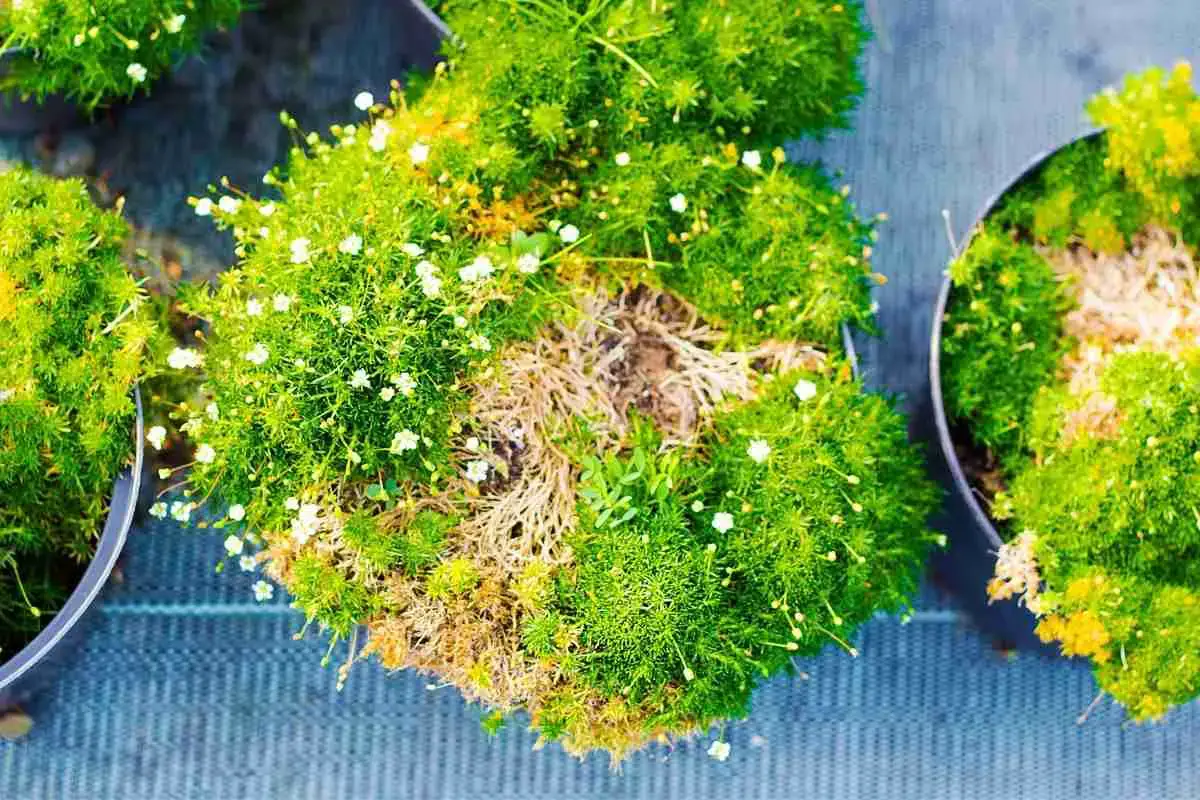
Scotch Moss or Irish Moss: Unveiling the Key Differences You Need to Know!
Read more
16 Benefits For Having A Moss Ball In An Aquarium
Read more
Does Moss Need Sunlight?
Read more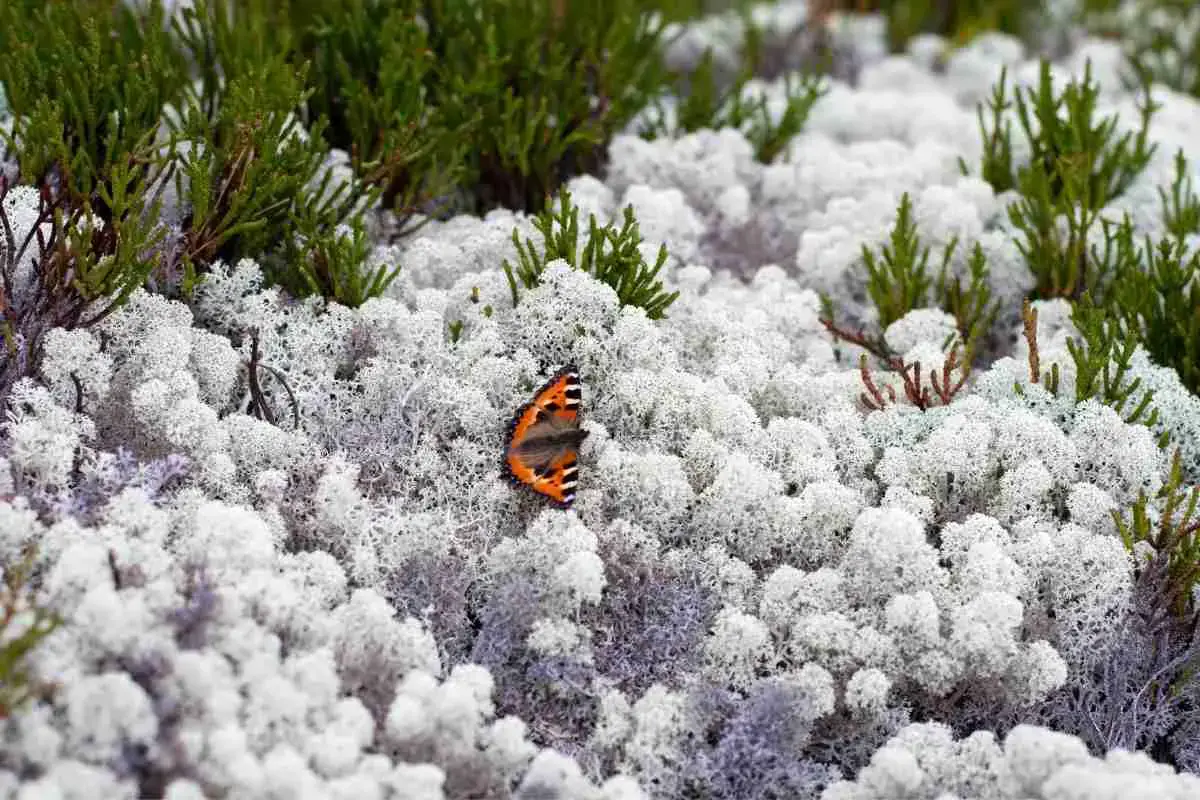
22 Different Types of Lichens (Detailed Guide)
Read more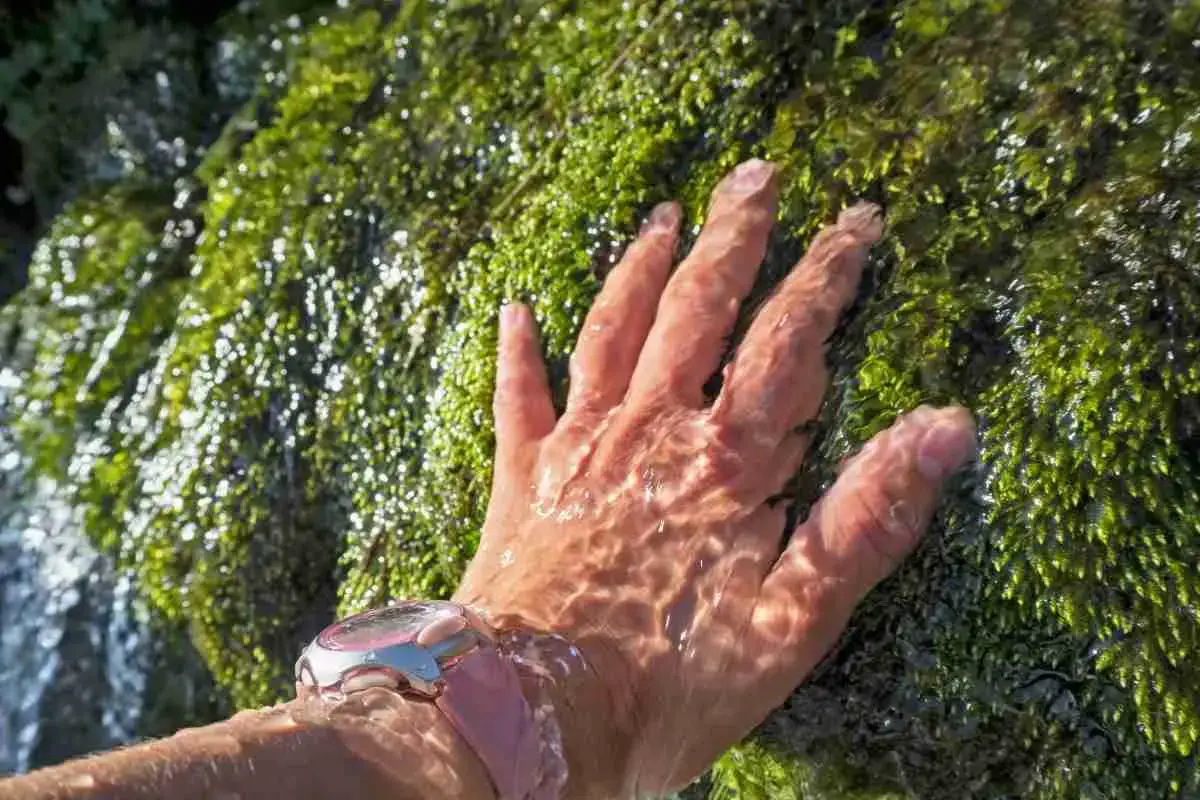
Does Moss Need Water To Survive?
Read more
Floating Moss Balls: Why Do They Float?
Read more